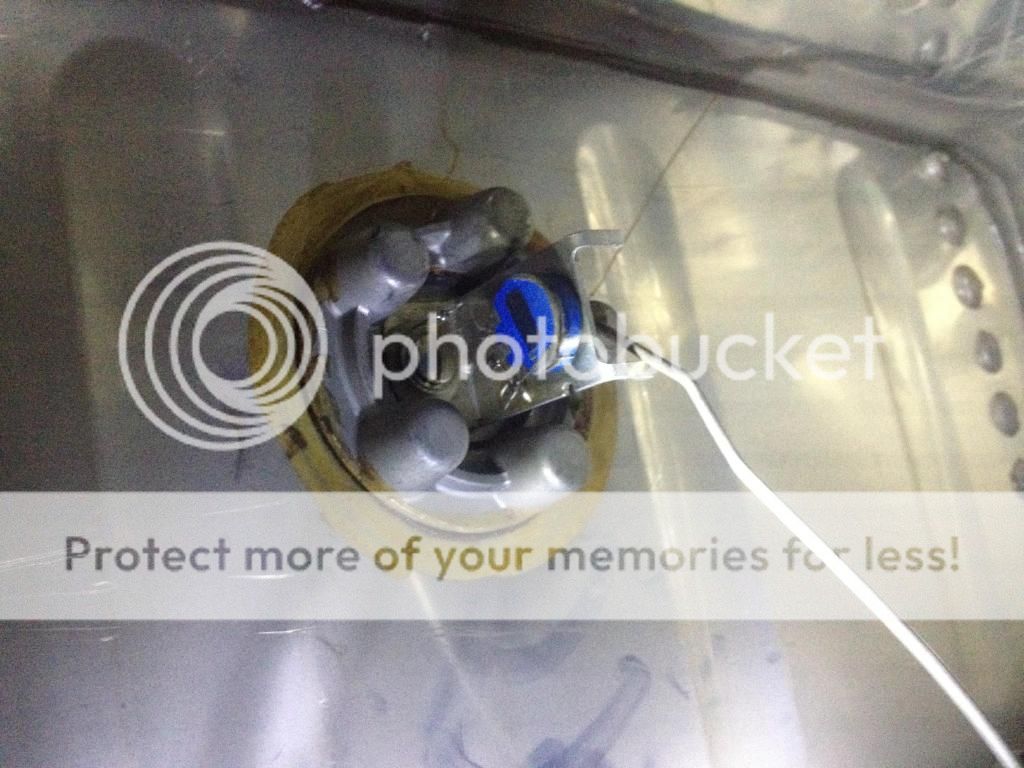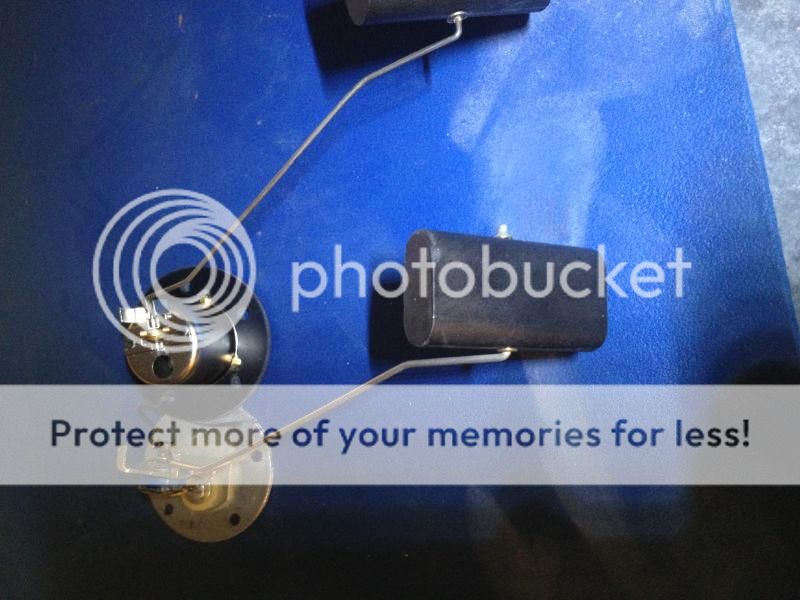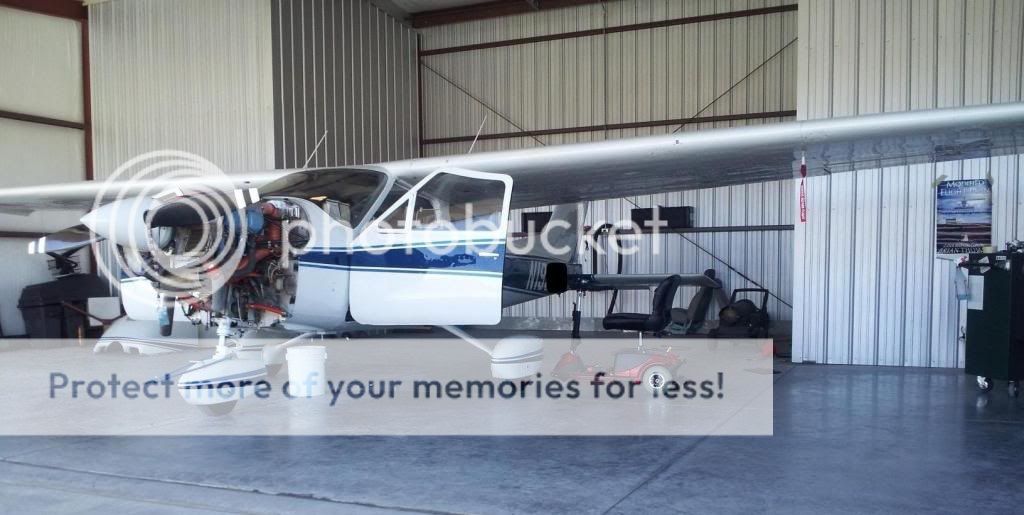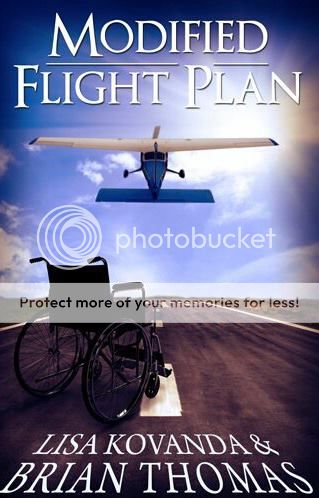cgrab
Pattern Altitude
I can't find a supplier for the cork seals (s350) used on my fuel sender bolts [Cessna Cardinal]. MacFarlane sells a bolt with a rubber in steel washer they say is better. I can't find a source for just the washer since I can't use the MacFarlane bolts as they aren't drilled for safety wire. Can I use the bolt and loctite it in? How does the mechanic sign that off?
Like the old commercial says: "What's a girl to do?"
Like the old commercial says: "What's a girl to do?"






 You are asking for trouble if you do. Use lock washers or drilled screws with lock wire.
You are asking for trouble if you do. Use lock washers or drilled screws with lock wire.